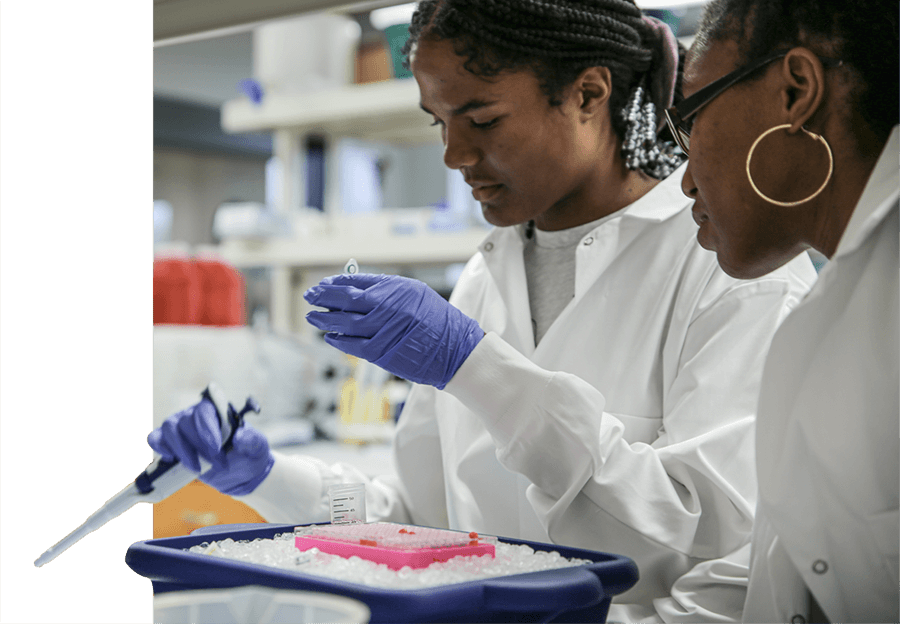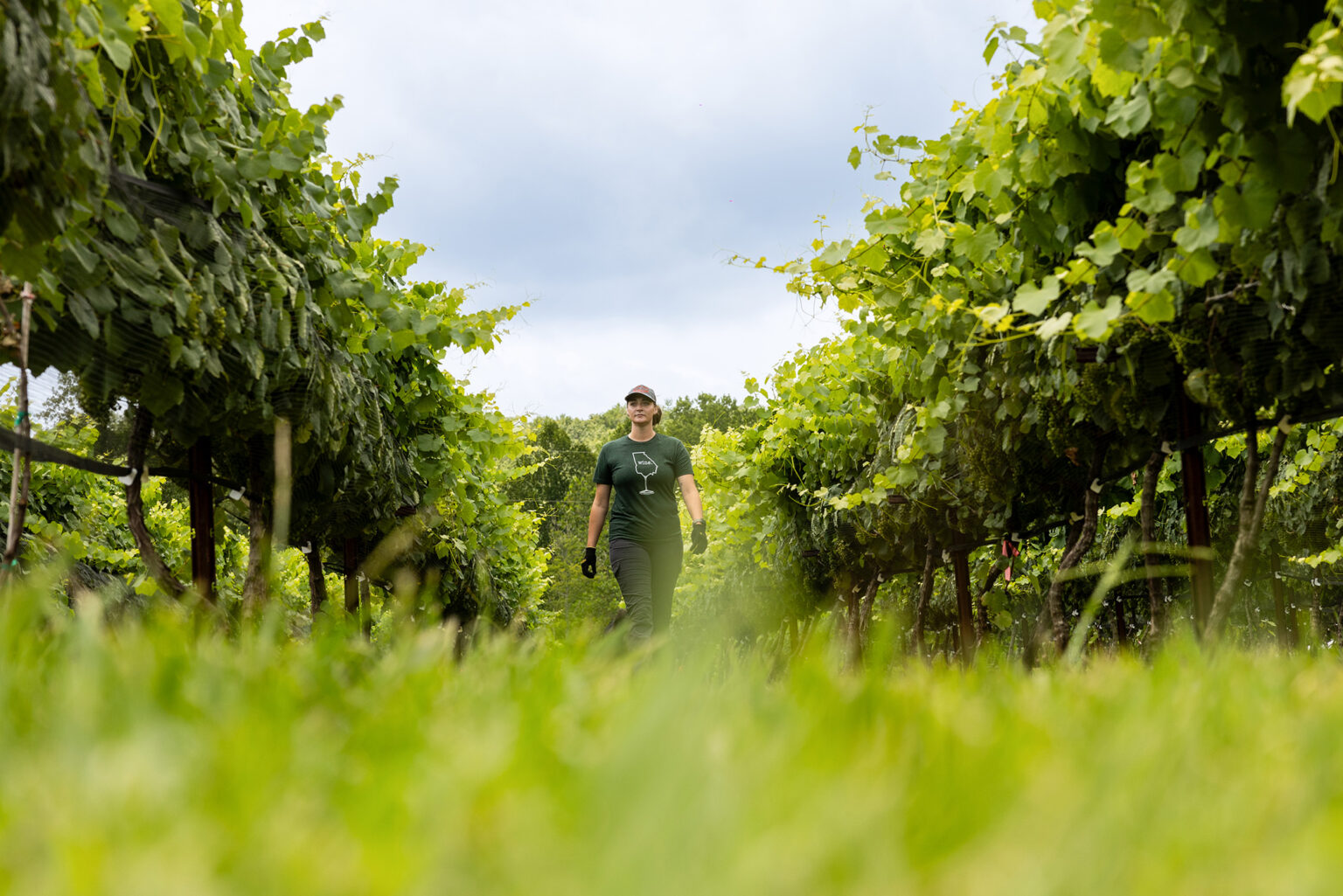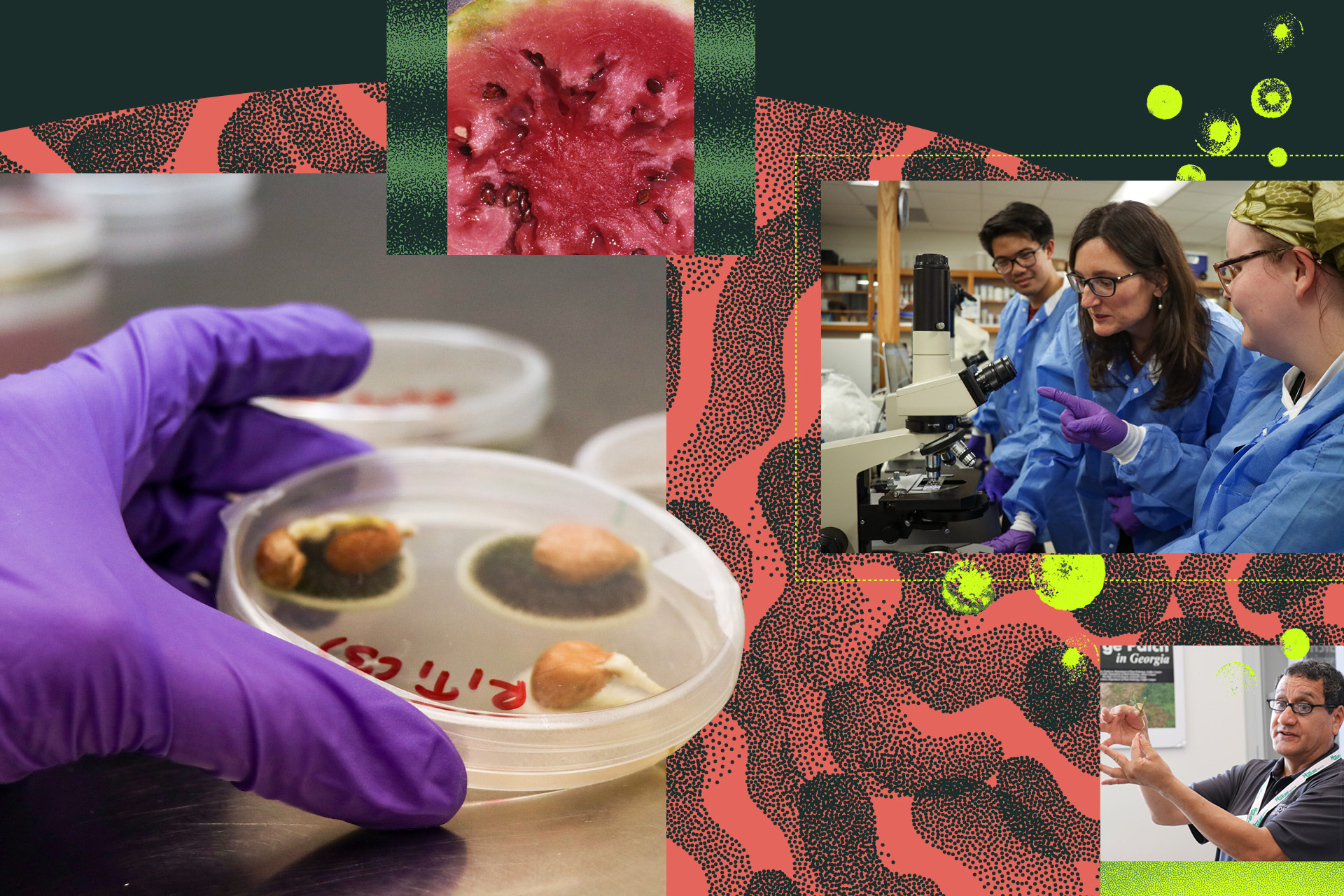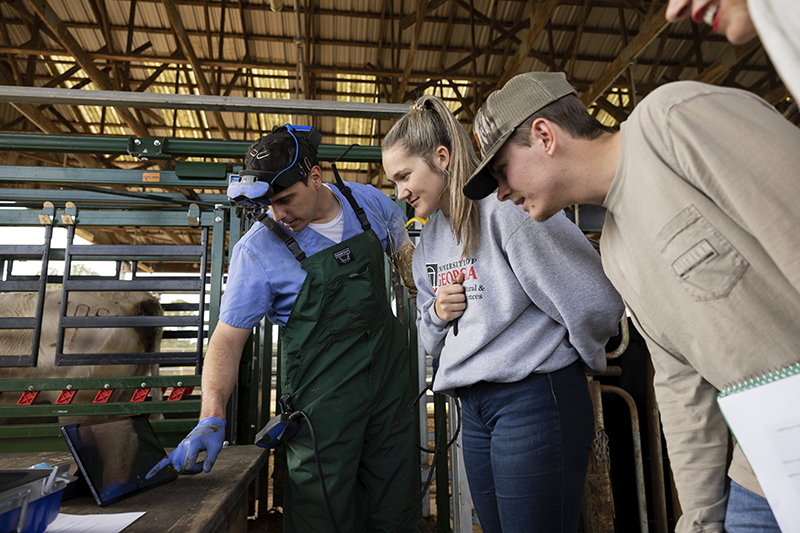 CAES News
CAES News
Nurturing Talent
Early education opportunities that place students in the driver’s seat of hands-on field research can have infinite impacts, launching students on academic and career paths with immeasurable advantages. High school students interested in learning more about agricultural, food and environmental sciences are experiencing the once-in-a-lifetime opportunity to grow as researchers thanks to the University of Georgia’s Young Scholars Program.


.png)




.jpg)
.png)